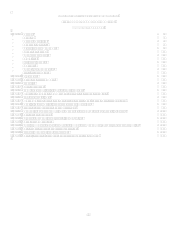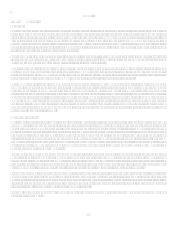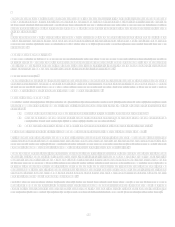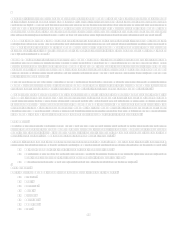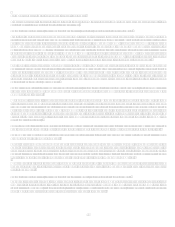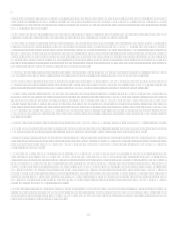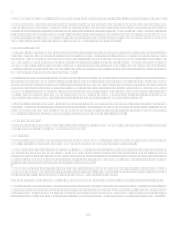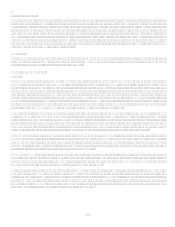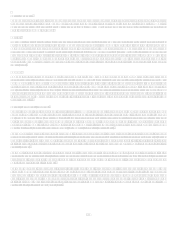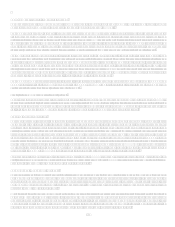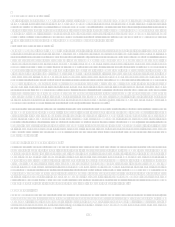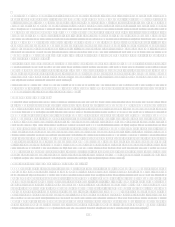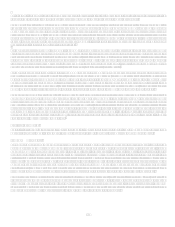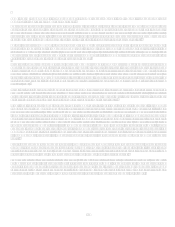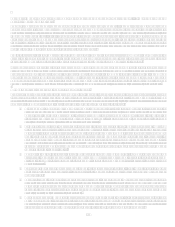Capital One 2008 Annual Report Download - page 30
Download and view the complete annual report
Please find page 30 of the 2008 Capital One annual report below. You can navigate through the pages in the report by either clicking on the pages listed below, or by using the keyword search tool below to find specific information within the annual report. 12
The Company is also registered as a financial institution holding company under Virginia law and as such is subject to periodic
examination by Virginias Bureau of Financial Institutions. The Company also faces regulation in the international jurisdictions in
which it conducts business (see below under International Regulation).
On February 13, 2009, the Company received approval from the Federal Reserve to acquire all the shares of Chevy Chase Bank,
F.S.B., and certain of its subsidiaries. Subject to the receipt of all necessary regulatory approvals, the Company expects to merge
Chevy Chase Bank, F.S.B., with and into CONA prior to the end of 2009.
Regulation of Business Activities
The activities of the Banks as consumer lenders also are subject to regulation under various federal laws, including the Truth-in-
Lending Act, the Equal Credit Opportunity Act, the Fair Credit Reporting Act (the FCRA), the Community Reinvestment Act and
the Service members Civil Relief Act, as well as under various state laws. Depending on the underlying issue and applicable law,
regulators are often authorized to impose penalties for violations of these statutes and, in certain cases, to order the Banks to
compensate injured borrowers. Borrowers may also have a private right of action to bring actions for certain violations. Federal
bankruptcy and state debtor relief and collection laws also affect the ability of the Banks to collect outstanding balances owed by
borrowers. These laws plus state sales finance laws also affect the ability of our automobile financing business to collect outstanding
balances.
New Regulations
On December 18, 2008, the Federal Reserve amended Regulation AA to include new rules that would place limitations on certain
credit card practices. Among other things, the final rules: (i) impose restrictions on increases in the rate charged on pre-existing credit
card balances; (ii) prohibit the use of payment allocation methods that maximize interest charges; (iii) limit the imposition of default
annual percentage rates on existing credit card balances; (iv) prohibit the imposition of interest charges using the two-cycle billing
method; and (v) require that consumers receive a certain amount of time to make their credit card payments. These rules must be
implemented by July 1, 2010. While many of the provisions in the new rules are targeted at practices in which Capital One has not
engaged, we anticipate that we will need to make significant changes to current account risk management strategies to address the new
limitations these rules impose.
The Federal Reserve also amended Regulation Z on December 18, 2008 to change a number of disclosure and other obligations
for credit cards. Among other things, the final rule requires changes to: (i) solicitation and application disclosures; (ii) account opening
disclosures; (iii) periodic statements; (iv) disclosures regarding changes in terms; and (v) convenience check disclosures. These rules
also must be implemented by July 1, 2010. The amendments will require substantial modifications to virtually all marketing and
account management communications.
For a discussion of the risks posed to the Company as a result of these new regulations, please refer to Compliance With New and
Existing Laws and Regulations May Increase Our Costs, Limit Our Ability To Pursue Business Opportunities, And Increase
Compliance Challenges under Item 1A. Risk Factors.
Dividends and Transfers of Funds
Traditionally dividends to the Company from its direct and indirect subsidiaries have represented a major source of funds for the
Company to pay dividends on its stock, make payments on corporate debt securities and meet its other obligations. There are various
federal and state law limitations on the extent to which the Banks can finance or otherwise supply funds to the Company through
dividends, loans or otherwise. These limitations include minimum regulatory capital requirements, federal and state banking law
requirements concerning the payment of dividends out of net profits or surplus, Sections 23A and 23B of the Federal Reserve Act and
Regulation W governing transactions between an insured depository institution and its affiliates, and general federal and state
regulatory oversight to prevent unsafe or unsound practices. In general, federal and applicable state banking laws prohibit, without
first obtaining regulatory approval, insured depository institutions, such as the Banks, from making dividend distributions if such
distributions are not paid out of available earnings or would cause the institution to fail to meet applicable capital adequacy standards.
In the current economic environment, however, we expect that the Company may represent a major source of funds for its direct and
indirect subsidiaries.
In addition, as a result of our participation in the U.S. Department of Treasurys TARP Capital Purchase Program (CPP), the
Company must obtain the U.S. Treasurys consent to increase dividends on its common stock. For additional information about the
Companys participation in the CPP, please refer to U.S. Treasury Departments Capital Purchase Program Participation, under
V. Management Summary and Business Outlook, 2008 Summary of Significant Events.


